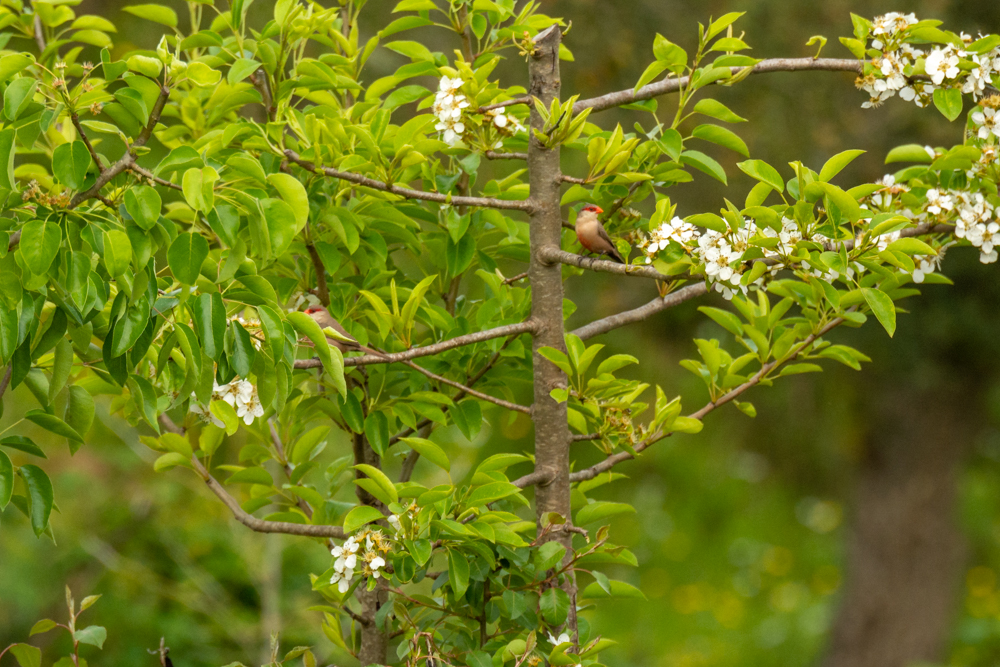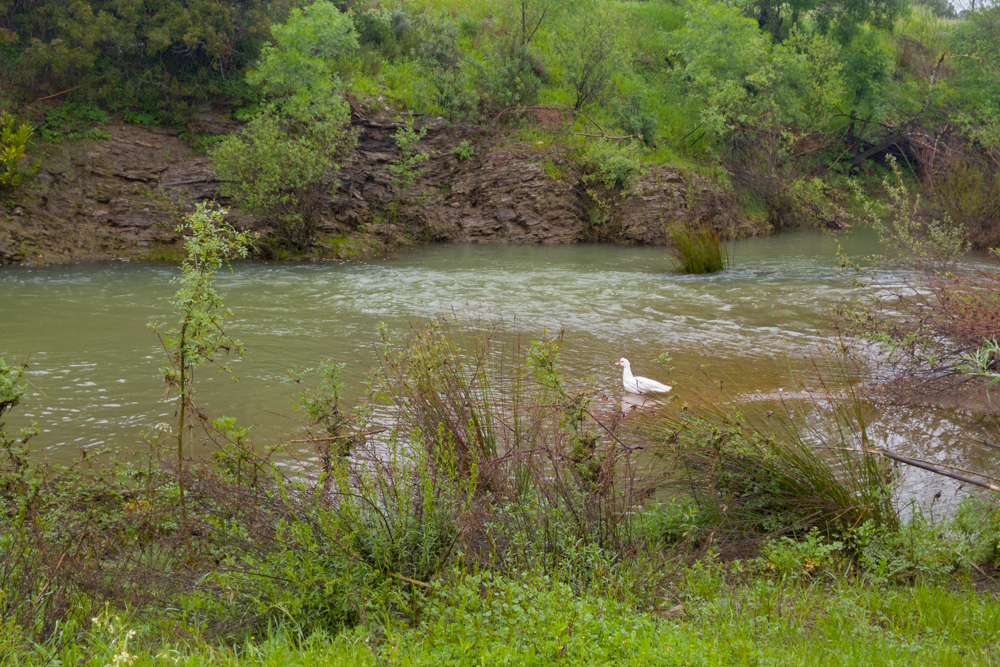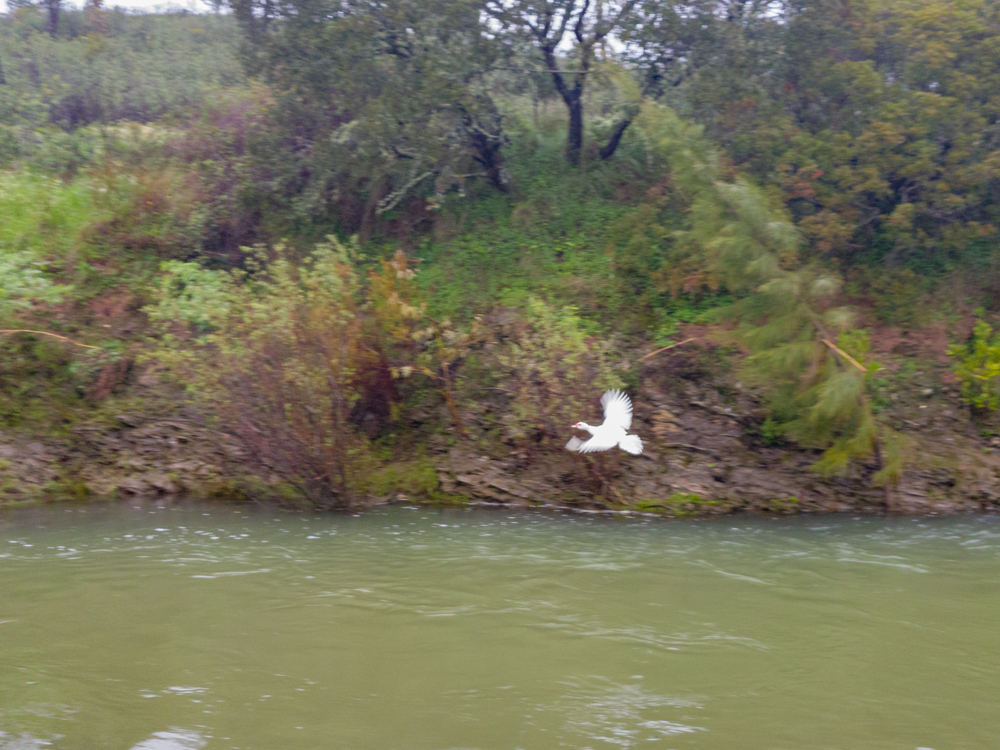Here is another photo from my Bee Eater session a couple of days ago.
This photo is him fluffing up his feathers. Birds do this after preening to shake off any debris they have removed.
{Click image(s) to view on Flickr - opens in new tab}Here is another photo from my Bee Eater session a couple of days ago.
This photo is him fluffing up his feathers. Birds do this after preening to shake off any debris they have removed.
{Click image(s) to view on Flickr - opens in new tab}Another beautiful morning so I headed out at Sunrise. The aim of this morning was to photograph 2 birds that are high on the tick list. The Lesser Spotted Woodpecker and Golden Oriole.
The Golden Orioles are in abundance this year with their flute-like song echoing around the hills but are very difficult to photograph as although bright yellow (the male), they hide very well. Lesser Spotted Woodpecker seem to also be very common amongst the Oak Trees.
Something was strange this morning, apart from the multiple constant song of the Nightingales, everything else was very quiet. It’s almost like the birds have gone on a day trip elsewhere. The Bee Eaters were not active, no Hoopoe calling and certainly no Golden Orioles, which are all usual noises just after sunrise.
I walked around the hills and everything remained very quiet. I was just about to give up when I heard a faint tapping from one of the large Cork Oak. I assumed it was a Lesser Spotted Woodpecker. Unfortunately, the sun was behind the tree so making it difficult to see. I then noticed some red feathers sticking out of a hole. It was not a Lesser, but a Greater Spotted Woodpecker making some home improvements, the sound muffled by the fact he was inside the tree.
Almost perfect timing, he decided to reverse out of the hole, he was a Male Greater Spotted Woodpecker. I took a couple of shots, but wasn’t expecting much as it was directly into the sun with the bird in the dark shade. I added 2/3rd of a stop of exposure and hoped for the best.
Back at the computer, I was actually surprised how much I was able to clean the shot up. Considering it was high ISO and I had a 1.4x Teleconverter fitted am I happy enough with the result. It certainly was good to come back with at least one photo.
{Click image(s) to view on Flickr - opens in new tab}I take a camera along on my Dog Walks to bring you some of the sightings that I see on my morning walks, these photos are rarely going to be great quality as its hard enough keeping an energetic Dog entertained and get close enough to anything. They also help me identify where species are so that I can plan to return.
As I was heading down past “A Rocha” this morning, I heard a flock of Common Waxbills. As soon as they saw an energetic Dog running towards them, they took cover but I did manage to snap these two in our Pear Trees.

The camera got left behind on this morning’s Wally Walk as the rain has yet again returned.
I was just approaching the river and Wally looked up and I actually said to him “Nice weather for ducks!”, just 10 seconds later I arrive at the river to find……a Duck!
Just standing there in a shallow part of the river was a Muscovy Duck. This is not a native species to Portugal, it’s roots are South America. However, it is a common Duck here in Portugal as an Egg layer and perhaps meat. The fact that this particular Duck was almost completely White puts it in the “Domestic” category, although there are many Feral species in Portugal too. At some stage they would of escaped captivity.
As I didn’t have a camera, I did my best to snap a photo from a distance on my phone. It eventually flew thanks to Wally, although he was actually scared of it, but it soon turned around and came back to land in the same spot.


The photos don’t show what one looks like, so here is a photo from Wikipedia, as you can see, a strange-looking Duck! This photo is a Drake where as the female doesn’t grow such a substantial Caruncle (The red warty thing on their face).
This is an Iberian Magpie. It is often called an Azure-Winged Magpie here in Portugal, however, this is not strictly correct! Although very similar, the Azure-Winged Magpie is found in Eastern Asia. It was once thought to be the same species, however, they are different.
The Iberian Magpie is found in Central and Southern parts of Spain and Portugal and occur in large, sometimes huge flocks. I have noticed that the flocks tend to follow a similar route every day as they fly from area to area.
{Click image(s) to view on Flickr - opens in new tab}The Iberian (or Southern) Grey Shrike is similar to the Great Grey Shrike, but is a different sub-species. Known as the “Butcher Bird”, the Shrike catches it’s food of insects and Lizards then hangs them on barbed wire fences or other spiked objects to store them as if in a larder.
They are very common here in the hills of the Algarve as are the other Shrike found here, the more colourful Woodchat Shrike.
{Click image(s) to view on Flickr - opens in new tab}